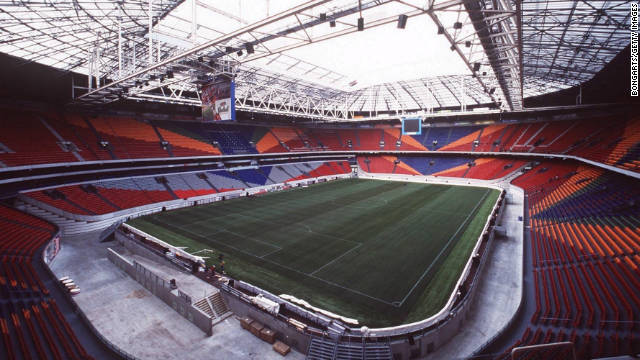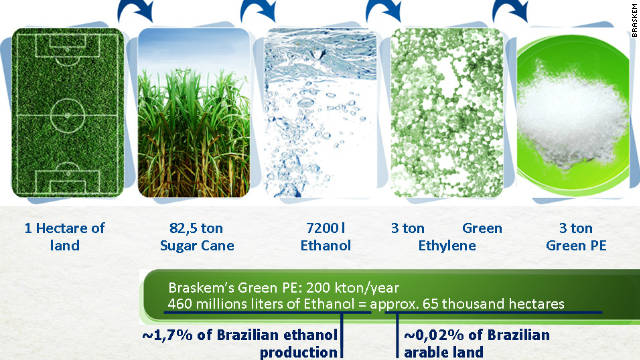Here is why even with a dramatic fall in home prices in China, there will be little effect upon the Chinese economy. I.e. even if they were to have the US´s 30% drop in home prices, (instead of at most 5% now) China does not go into a "deleveraging" recession or depression as the US has and I think will:
"... according to a 2010 Citi survey, only 18% of households borrow money from banks to buy property; ... This is vastly different from the US experience, where consumers drowning in debt financed the property boom. {Billy T insert: Article explains that owning a home is essentially a requirement by custom before a man can marry. With only one son for every four parents (nearly half of the one child per couple children are girls) the four parents often buy him (and their daughter) a house with cash from their saving so they will have a grandchild to spoil.}
Unfortunately, many US homeowners have recently experienced first-hand that when property prices fall, the debt remains. It is the debt overhang that causes consumers to stop spending, banks to stop lending, and real estate developers to collapse. {China, both as a nation and as a people, is approximately debt free due to very frugal living and traditionally saving about 50% of income}
Chinese consumers come from a different vantage point: afraid of inflation and limited in ability to invest abroad, the Chinese {invested mainly in real esate and spend to avoid expected higher prices later} ...
We don’t doubt for a minute that Chinese real estate prices could plunge.* However, we take exception to the conclusion that China is thus destined to suffer the same consequence as Spain or the US. When leverage is not employed, consumers may react to a drop in real-estate prices similarly as they would to a drop in stock prices. ... As such, the drag caused by a housing bust in China on consumer spending may be limited. ...
As Chinese policymakers have come to the realization that administrative tools are not very effective in containing inflation, they have embraced currency appreciation as a tool to tame domestic inflationary pressures. A stronger Chinese renminbi will also serve as another catalyst for the rapid transformation of the Chinese economy towards a greater focus on domestic consumption. ..."
Quote from: http://www.moneyshow.com/investing/article/29/GlobalPer-26431/What-Will-China-Do-With-Its-Currency?/
* Billy T comment:If they do, prices will turn back up much quicker than in the US as more than a 120 million former farmers are moving to the cities. Last month for first time in human history, slighly more than half of all Chinese lived in urban areas. I.e. half of 340 million Chinese (170 million utbanites) with 120 million to become urbanites this decade, still leaves 50 million (1 in every seven Chinese) on the farms - much higher fraction of population as farmers than the US.
Note quote is much like what Billy T has been predicting for years - Switch to more of a domestic market driven economy, let the RMB appreciate both to fight inflation and to get its value to level where it can enter freely in foreign exchange market, and if China backs its RMB bonds by gold for central banks, as I have predicted, displace the dollar as the main reserve currency. China wants the huge advantage of paying for its imports with printed paper, which the US has enjoyed for about 100 years.
"... according to a 2010 Citi survey, only 18% of households borrow money from banks to buy property; ... This is vastly different from the US experience, where consumers drowning in debt financed the property boom. {Billy T insert: Article explains that owning a home is essentially a requirement by custom before a man can marry. With only one son for every four parents (nearly half of the one child per couple children are girls) the four parents often buy him (and their daughter) a house with cash from their saving so they will have a grandchild to spoil.}
Unfortunately, many US homeowners have recently experienced first-hand that when property prices fall, the debt remains. It is the debt overhang that causes consumers to stop spending, banks to stop lending, and real estate developers to collapse. {China, both as a nation and as a people, is approximately debt free due to very frugal living and traditionally saving about 50% of income}
Chinese consumers come from a different vantage point: afraid of inflation and limited in ability to invest abroad, the Chinese {invested mainly in real esate and spend to avoid expected higher prices later} ...
We don’t doubt for a minute that Chinese real estate prices could plunge.* However, we take exception to the conclusion that China is thus destined to suffer the same consequence as Spain or the US. When leverage is not employed, consumers may react to a drop in real-estate prices similarly as they would to a drop in stock prices. ... As such, the drag caused by a housing bust in China on consumer spending may be limited. ...
As Chinese policymakers have come to the realization that administrative tools are not very effective in containing inflation, they have embraced currency appreciation as a tool to tame domestic inflationary pressures. A stronger Chinese renminbi will also serve as another catalyst for the rapid transformation of the Chinese economy towards a greater focus on domestic consumption. ..."
Quote from: http://www.moneyshow.com/investing/article/29/GlobalPer-26431/What-Will-China-Do-With-Its-Currency?/
* Billy T comment:If they do, prices will turn back up much quicker than in the US as more than a 120 million former farmers are moving to the cities. Last month for first time in human history, slighly more than half of all Chinese lived in urban areas. I.e. half of 340 million Chinese (170 million utbanites) with 120 million to become urbanites this decade, still leaves 50 million (1 in every seven Chinese) on the farms - much higher fraction of population as farmers than the US.
Note quote is much like what Billy T has been predicting for years - Switch to more of a domestic market driven economy, let the RMB appreciate both to fight inflation and to get its value to level where it can enter freely in foreign exchange market, and if China backs its RMB bonds by gold for central banks, as I have predicted, displace the dollar as the main reserve currency. China wants the huge advantage of paying for its imports with printed paper, which the US has enjoyed for about 100 years.
Last edited by a moderator:






